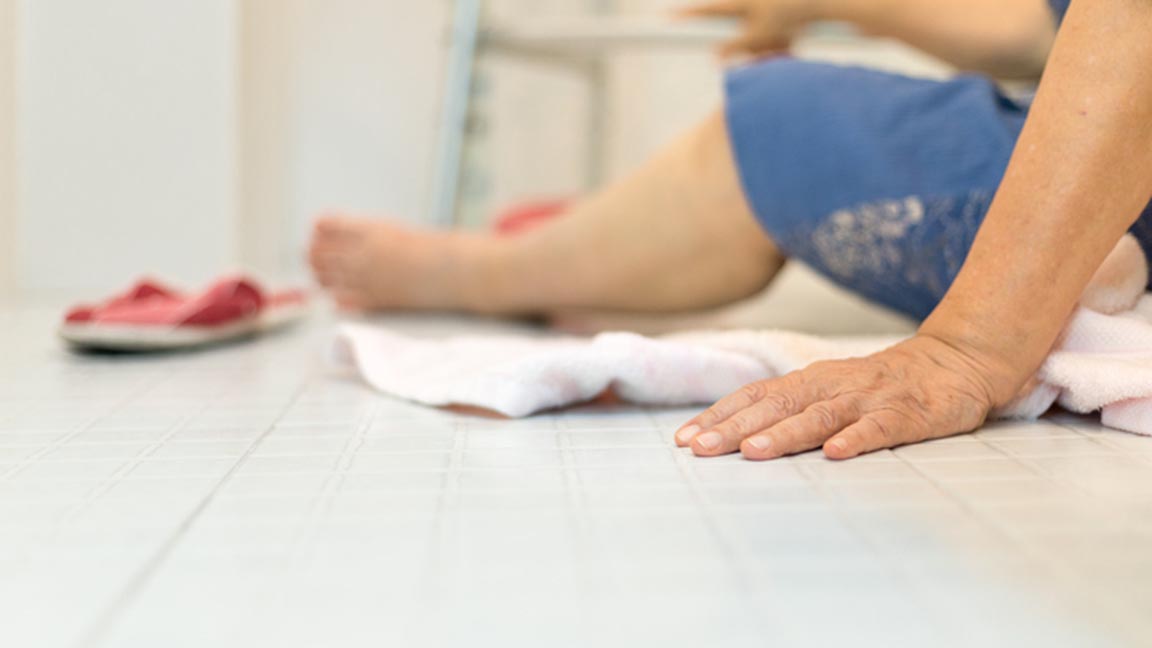Helping a loved one who has fallen and needs help getting back up isn’t as simple as it may sound.
Falls are the leading cause of injury among people age 65 and older, and can be extremely dangerous to older adults. In many cases, people who have fallen are unable to get back on their feet without assistance.
If you witness a fall or are called to help, it’s critical to stay calm and avoid panic, says Sandra Fox, a senior physical therapist at Tidelands Health Neurological Rehabilitation Center in Murrells Inlet.
“I always tell people to take a minute and calm down,” she says. “There will be a lot of panic and anxiety when a loved one has fallen. Let those feelings settle down before you do anything.”
The first step is to determine if your loved one has suffered injuries. In case of emergency, always call 911. If no serious injuries are evident and you believe it’s safe to help the person get up yourself, make a plan.
“You don’t want to get in a situation where they fall again and become injured in the process,” Fox says.
Here are some steps to take to help a loved one after a fall:
- Encourage the person to remain calm by taking slow, even breaths.
- Look for injuries like bruises, broken bones or sprains. If you think a bone is broken or in case of any other type of emergency, call 911.
- If there are no injuries and you think it’s safe to help the person up, bring the person up slowly and stop if they become tired or are unable to get up. Remember that your loved one needs to do the bulk of the physical work; you’re there for guidance and to keep the person steady.
- Get two sturdy chairs. Put one next to your loved one’s head and the other by his or her feet.
- Help the person roll onto their side and into a kneeling position. A towel under the knees can help alleviate discomfort.
- Move the chair directly in front of the individual’s head so he or she can place both hands on the seat evenly.
- Instruct the person to lean on the chair and bring one leg forward, placing that foot on the floor.
- Bring the second chair directly behind the person. Ask them to use their arms and legs to push up and back into a sitting position in the chair.
- Use your hands as guides to help the person move into the chair. Keep your back straight and ensure they are doing the actual work. You shouldn’t be tugging or pulling at all.
- Notify the individual’s doctor that your loved one has experienced a fall.
Your loved one may not think it’s important to tell a doctor about the fall, but a physician can check for injuries and recommend strategies to avoid future falls, including physical therapy.





